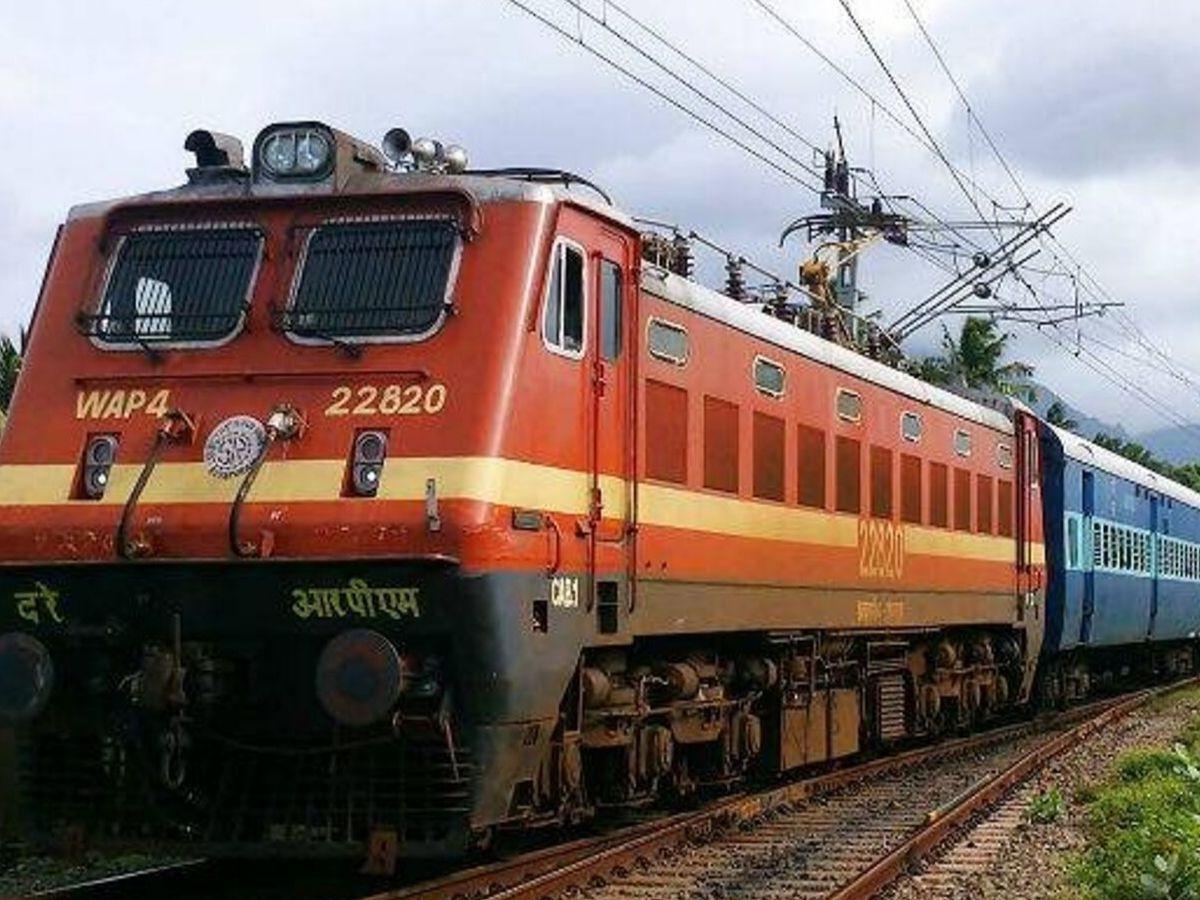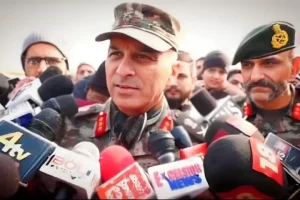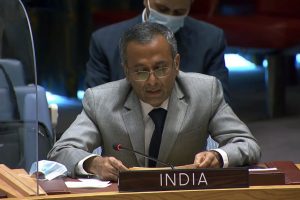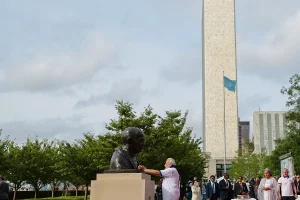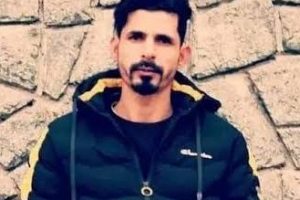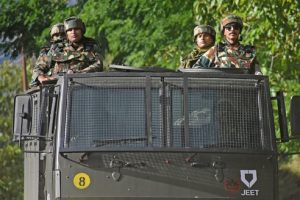Srinagar: After creating the first rail link between Baramulla and the rest of the country, which is expected to become operational before the 2024 Lok Sabha elections, Indian Railways is now working on an ambitious project of providing seamless connectivity between Kanyakumari—the last train station at the southern tip of the Indian subcontinent—and Uri, Kashmir’s last township, on the Line of Control (LoC) in northern India.
Official sources told India Narrative that tenders have now been floated for the engineering survey of a 50-km long rail link between Baramulla and Uri. Northern Railways is planning to start Final Location Survey for Baramulla-Uri line, and proposals are being invited by the Ministry of Railways.
“Tenders have been floated for engineering survey work of a Railway line using modern survey techniques such as Aerial Survey (Aerial Photogrammetric survey or Aerial LIDAR) and DGPS (Differential Global Positioning System) levelling and creation of DEM”, sources said.
“The rail link connecting India’s extreme South and extreme North through Delhi will be historic in the sense that it will make the seamless travel by surface communication between the country’s southern and northern tips a reality. Thereafter, one can travel directly ‘Kashmir to Kanyakumari’. In Kashmir the last station will be at Uri, close to the LoC”, said an official of Northern Railways.
The Kaman Post on the LoC, also known as Aman Setu, on Srinagar-Baramulla-Uri-Muzaffarabad Road, is just 10 Kms from Uri. Until now, with the exception of a trade and travel link between Kashmir and the PoK, Uri has been known for all the wrong reasons. For years, it was a notorious infiltration route on which the Indian and the Pakistani troops traded shelling. Hundreds of militant recruits went across and came in through Uri. Many of them were killed in encounters.
As many as 72 infiltrating terrorists were killed in an encounter when JJ Singh—who subsequently rose to the position of the Indian Army chief—was a Commanding Officer of a battalion in Uri in 1992. Brigadier Sridhar of the Indian Army was killed here in an IED blast in March 1995. On 18-19 September, 2016, as many as 20 Indian soldiers were killed in a fidayeen attack on their camp. On 28 September, the Indian troops conducted surgical strikes at terror targets across the LoC.
The cross-LoC trade and travel, which had been started through Uri in Kashmir and Chakan Da Bagh in Poonch (Jammu) in 2005-07, suffered a major setback due to the terror attack followed by the Indian retaliation in 2016. However, it was permanently closed after the killing of 40 CRPF personnel in another terror strike near Awantipora, on Srinagar-Jammu highway, on 14 February 2019.
On 26 February, 2019, the Indian Air Force jets crossed the LoC and dropped bombs at a terror installation in Balakot, in Pakistan’s Khyber Pakhtunkhwa province.
The situation has drastically changed after withdrawal of Jammu and Kashmir’s special status and its division into the two separate Union Territories in August 2019. Immediately after the Covid pandemic in 2021-22, Uri was opened for tourists. The Government is now planning to develop Uri into a place of tourist attraction.
As of now, there is road connectivity between Srinagar/Baramulla and Uri. Currently the last train station in northern India is at Baramulla. Now the rail connectivity is being extended to Uri through a 50-km track for which the survey will start shortly.
“The rail link between Kanyakumari, Delhi, Jammu, Srinagar, Baramulla and Uri will remain operational on a 24x7x365 basis. It will hugely benefit not only the large number of the Army and BSF personnel but also Kashmir’s fruit traders, common travellers and tourists. Most of the Army and BSF supplies, which currently come through trucks and transport planes, will be routed through goods trains”, said an official.
The Jammu-Srinagar highway remains disturbed or closed for traffic for several days a year due to landslides caused by inclement weather coupled with massive traffic jams. Even the air link between Srinagar and the rest of the country remains disrupted by snowfall and poor visibility at the Srinagar airport. The rail link and completion of the highway will be a major milestone in the 75-year-long journey of Kashmir’s physical integration with India.
Currently the only surface lifeline, the 260 km long Jammu-Srinagar road, which is a part of NH-44, is being developed into a 4-lane highway through a large number of tunnels, viaducts, bridges and flyovers. While most of the works have been completed on Srinagar and Jammu side, construction of some tunnels and development of road is underway on the most challenging part between Nashri and Banihal. Efforts are underway to complete and inaugurate this whole project before May 2024.
The train currently operates up to Katra on the Jammu side and up to Banihal, from Baramulla, on the Kashmir side. Works are in progress in the most challenging part between Katra and Banihal. This 110 km long track passes through a large number of tunnels and bridges including the one over the Chenab river which has got the distinction of becoming the world’s tallest railway bridge.






